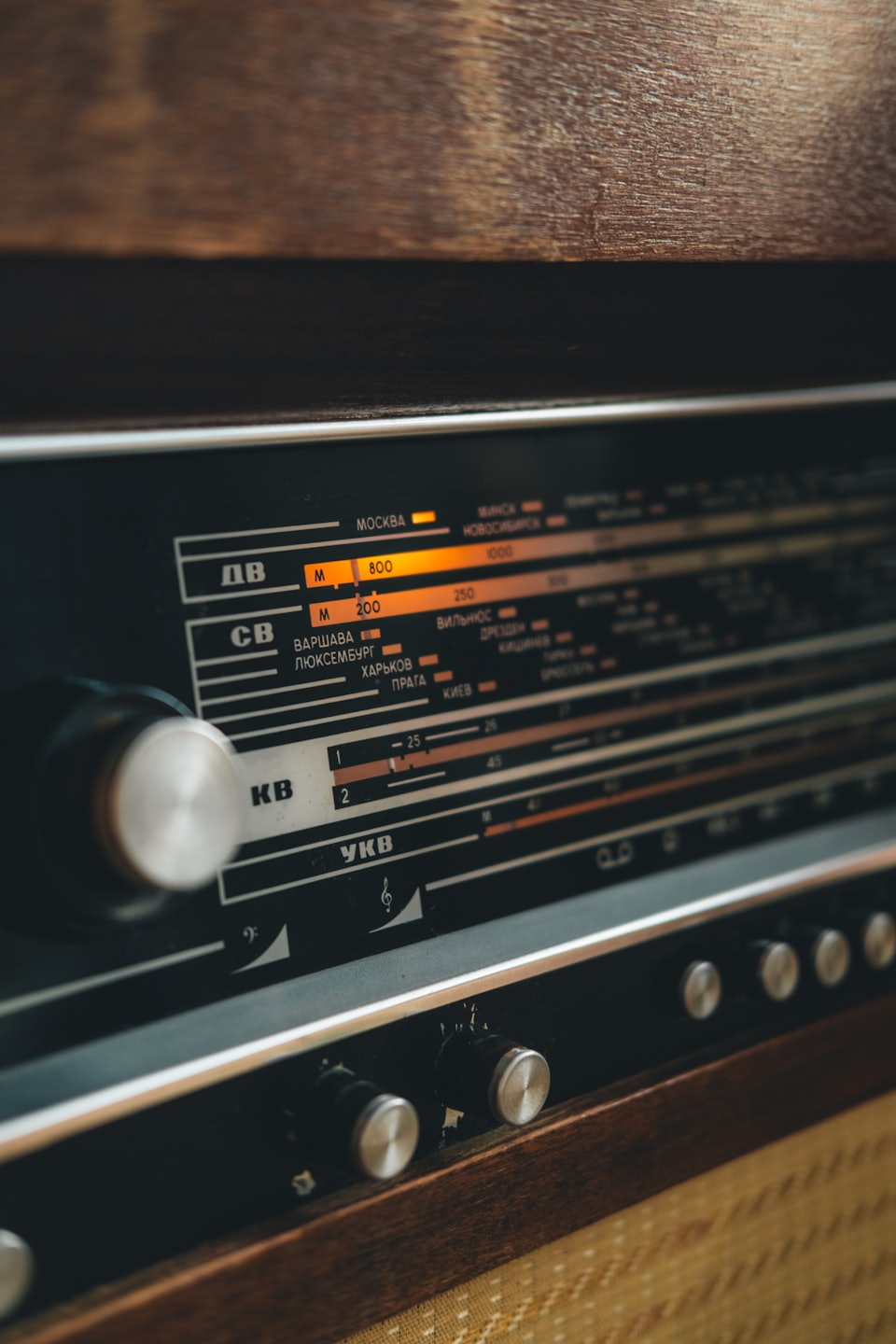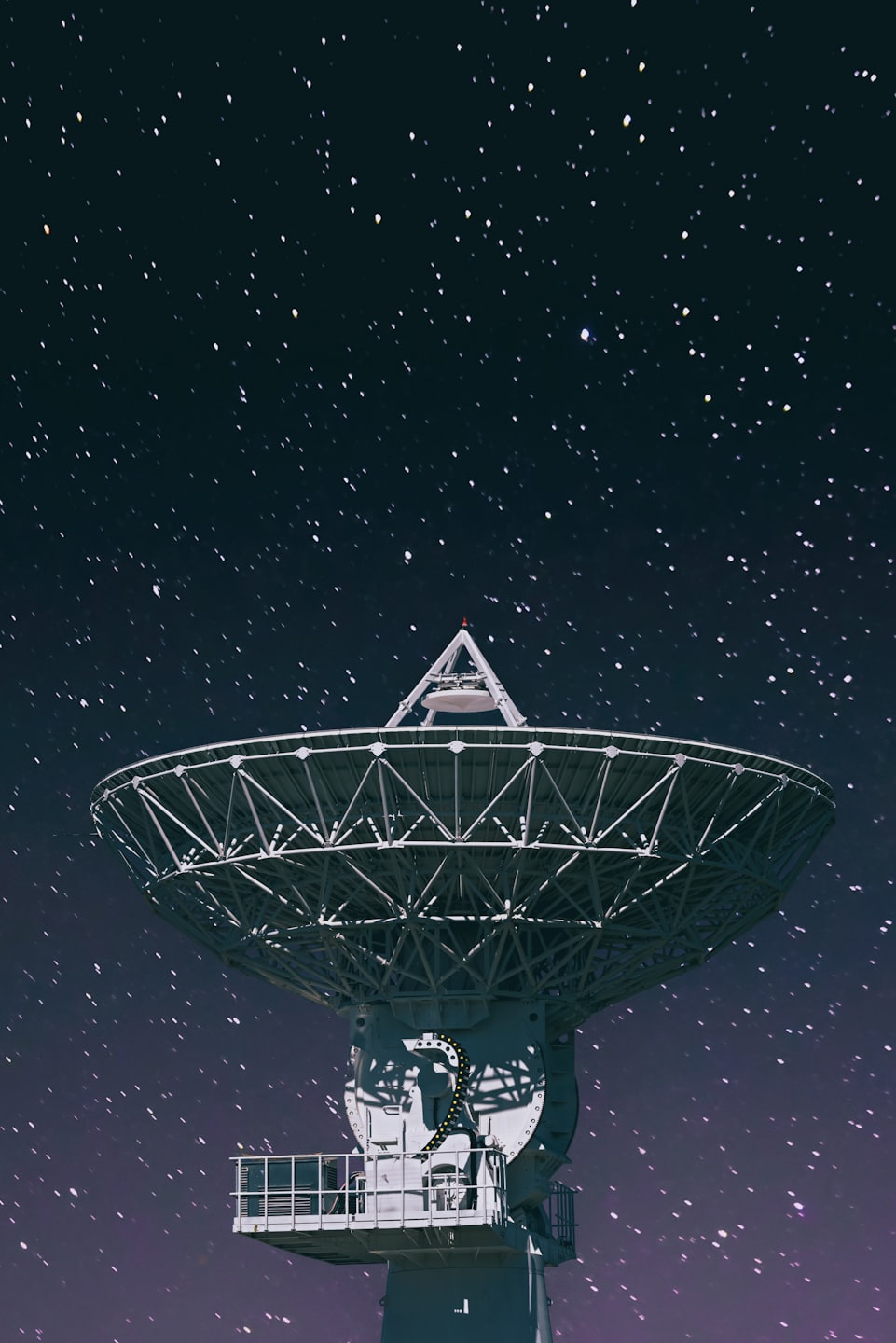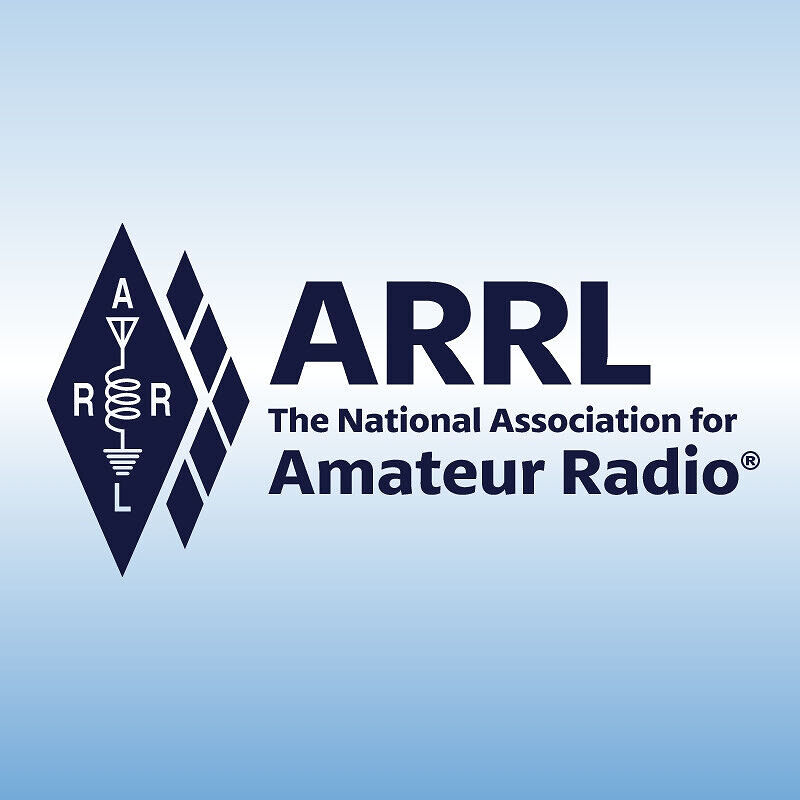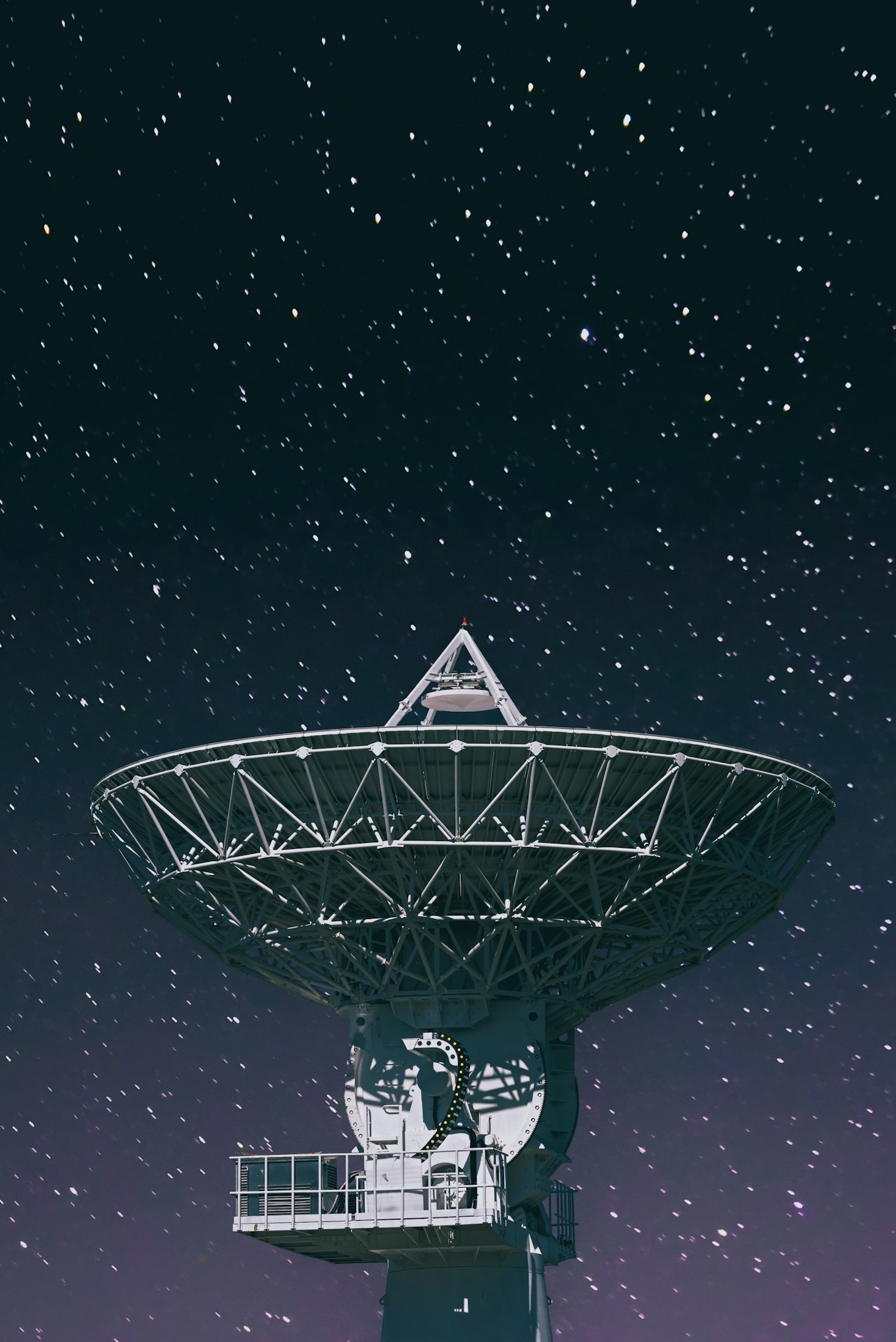Section Newsletter — ARRL Santa Clara Valley — December 1, 2025
2025 ARRL Board of Directors Election Results
11/21/2025
ARRL The National Association for Amateur Radio® announces the results of the 2025 ARRL Division elections.
In the ARRL Pacific Division, current Director John Litz, NZ6Q (1,270 votes), of Stockton, California, was declared the winner, defeating Bob Vallio, W6RGG (960 votes).
In the Southeastern Division, current Director Mickey Baker, N4MB (1,596 votes), of West Palm Beach, Florida, was declared the winner, defeating Tom Schaefer, NY4I (928 votes), Jim Kvochick, K8JK (774 votes), and Northern Florida Section Manager Scott Roberts, KK4ECR (529 votes).
In the Southwestern Division, current Director Richard Norton, N6AA (1,392 votes), of Topanga, California, was declared the winner, defeating Arizona Section Manager Rick Paquette, W7RAP (1,388 votes). John Kitchens, NS6X (1,623 votes), of Somis, California, who is the Santa Barbara Section Manager, was declared the winner, defeating David Ginsberg, N3BKV (1,162 votes), for the position of Vice Director.
In August, the following incumbents and candidates were declared elected without opposition: In the Pacific Division, current Vice Director Carol Milazzo, KP4MD. In the Rocky Mountain Division, current Director Jeff Ryan, K0RM, and Mel Parkes, NM7P, ran uncontested for the position of Vice Director. In the Southeastern Division, current Vice Director Andrew Milluzzi, KK4LWR. In the West Gulf Division, Director John Robert Stratton, N5AUS, and Vice Director Lee Cooper, W5LHC — both already serving in these positions.
Winners will assume their roles for terms beginning January 1, 2026.
Members voted online or could request paper ballots. The election was conducted by third party Election Services Co., of Melville, New York — the same company that has conducted ARRL elections since 2022.
ARRL is governed by its Board of Directors. Elections are held for five of the 15 ARRL Divisions each year, for terms of 3 years.
***
ARRL VEC Ready to File 2,500+ Ham Radio License Applications; FCC Extends Renewal Filing Deadline
11/18/2025
Updated 11/20/2025 (FCC System Issues Affecting Application Processing)
Original story 11/18/2025
ARRL The National Association for Amateur Radio® reports that the FCC has extended the filing deadline to March 5, 2026, for amateur radio licenses that otherwise were due to expire from October 1, 2025, to March 5, 2026. The announcement is included in an FCC Public Notice (DA-25-943) released on Monday, November 17, 2025.
The news follows the recent reopening of the federal government on November 13, following a lengthy 43-day shutdown. Since reopening, many federal agencies, including the FCC, have resumed activities, though reducing backlogs and rebounding to full operations may take some time. This includes significant delays in filing amateur radio license applications.
The FCC Public Notice includes:
For personal radio licensees (i.e., Amateur, Ship, Aircraft, GMRS, and Commercial Operator Licenses), renewal filings originally due on October 1, 2025, through and including March 5, 2026, are now due on March 5, 2026. Further, we confirm that licensees whose licenses have expired and whose renewal filing deadlines have been extended above may rely on their timely renewal filing (by the extended deadline) to support continued operation pursuant to section 1.62 of the Commission’s rules.
ARRL Volunteer Examiner Coordinator (ARRL VEC) Manager Maria Somma, AB1FM, explained that the announcement means that amateurs whose license expired, or will expire, between October 1, 2025, and March 5, 2026, may continue to operate upon completing a license renewal filing by March 5, 2026.
Somma added the FCC ULS systems are intermittently available again, which include the license manager system, FCC license search, and application search databases, as well as the CORES system.
FCC System Issues Affecting Application Processing:
The FCC had also briefly resumed accepting application filings via its Electronic Batch Filing (EBF) system late Wednesday afternoon, November 19. “The EBF system is used by ARRL VEC and all VEC organizations to file exam sessions, new and upgraded licenses, as well as individual and club license filings, none of which are not being processed at this time,” said Somma.
On Thursday morning, an official alert was posted to the FCC website about FCC systems experiencing significant performance degradation. While some applications were successfully processed yesterday afternoon, it appears that currently the EBF system is no longer accepting applications.
According to the FCC’s website there will be:
- Substantial delays in retrieving search results (searches may take several minutes or time out entirely)
- Slow or delayed processing of new applications, modifications, renewals, assignments/transfers, and other filings
- Intermittent timeouts during submission of applications or attachments
- General sluggishness when navigating pages, viewing license/registration details, or uploading documents
- Inability to complete application fee payments (reported by customers)
FCC technical staff and contractors are actively investigating the cause and are working to restore normal system performance as quickly as possible. This issue is being treated with the highest priority. The Commission will post additional notices when system performance has been fully restored or if additional information becomes available.
During the shutdown, the ARRL VEC urged its Volunteer Examiners to continue giving ham radio exam sessions (see important information below For ARRL VEC exam candidates). “We have over 2,500 license applications queued up,” said Somma. She noted that ARRL VEC has already started to file the backlog of applications. “At least for now, when the FCC again resumes processing, they are limiting each EBF user, like ARRL VEC, to upload no more than 75 applications per hour, to ensure the system is stable,” said Somma. Somma asks applicants to be patient as the FCC processes the backlog.
For ARRL VEC exam candidates who were unable to get an FCC Registration Number (FRN) while the FCC CORES system was unavailable, please follow these steps to ensure your license application is ready to be processed promptly once the EBF system becomes operational:
1. Register for a CORES account at https://apps.fcc.gov/cores/userLogin.do, using your email address as your username.
2. Verify your account, then log in and obtain your FCC Registration Number (FRN).
– Be sure to register as an individual.
– Enter your personal information exactly as it appears on your photo ID.
– Once you receive your FRN, save it carefully — this will be your permanent FCC identifier.
3. Send your Name, Test Date, and new FRN to the ARRL VEC. Email: VEC@arrl.org
Happy Holidays / 73




Leave a Reply